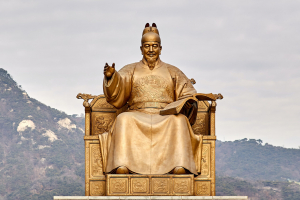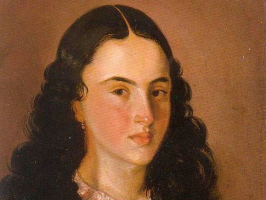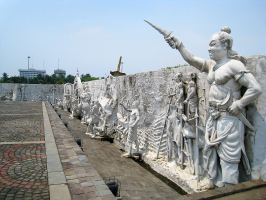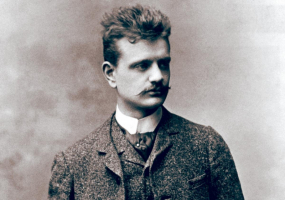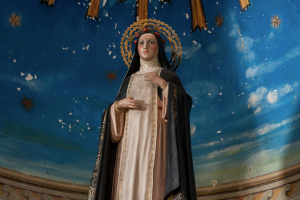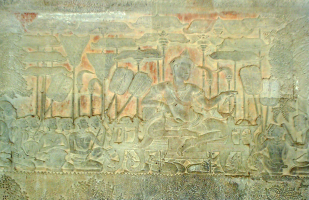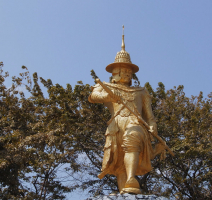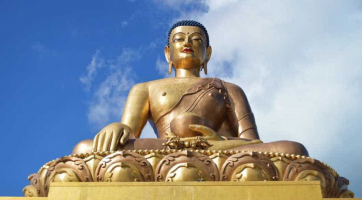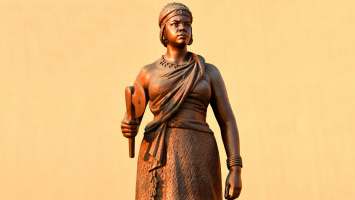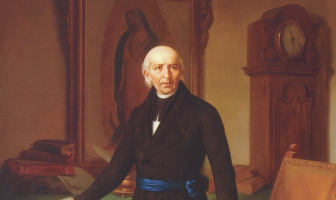Top 5 Most Important Historical Figures In Egypt
Although Egypt has made significant contributions to several disciplines, including science, literature, and philosophy, the nation is best renowned for its ... read more...distinctive architecture and artifacts, which set it apart from other nations. Look at the list of most important historical figures in Egypt compiled by Toplist.
-
One of the most important historical figures in Egypt, greatest social scientists of the Middle Ages, Ibn Khaldun was a sociolog, philosopher, and historian who made significant contributions to history, sociology, economics, and demography. He was regarded as the founding father of contemporary sociology and was born in Egypt in early 1332. Ibn Khaldun was raised in a prosperous family. He had many excellent teachers, but he also enjoyed self-education. Despite being wealthy, he struggled greatly as a child and lost both of his parents while he was just a teenager.
According to his autobiography, he wrote his best-known work, the Muqaddimah or Prolegomena ("Introduction"), in six months. Kâtip Çelebi, Mustafa Naima, and Ahmed Cevdet Pasha were among the Ottoman historians who were influenced by the book's theories and used them to examine the rise and fall of the Ottoman Empire in the 17th and 19th centuries. Tamerlane, the man who established the Timurid Empire, communicated with Ibn Khaldun.
The works of influential European philosophers like Niccol Machiavelli, Giambattista Vico, David Hume, G.W.F. Hegel, Karl Marx, and Auguste Comte, as well as economists David Ricardo and Adam Smith, have recently been compared to those of Ibn Khaldun, implying that their ideas found precedent (though not direct influence) in his. In addition, he had an impact on Reaganomics and some contemporary Islamic philosophers (such as those of the traditionalist school).
(1332 - 1406)
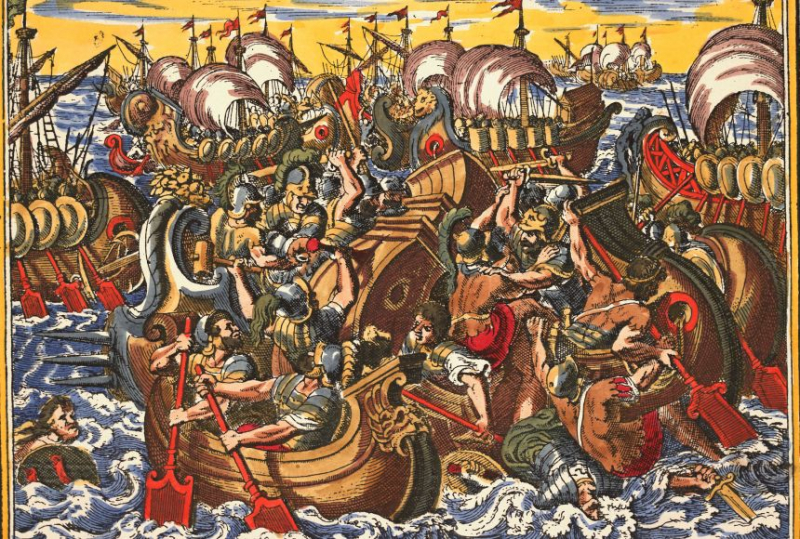
Photo: Fundación de Cultura Islámica - Ibn Khaldun 
Photo: TRT World - Ibn Khaldun -
Akhenaten is the tenth ruler of the Eighteenth Dynasty. He was referred to as Amenhotep IV before the fifth year of his rule, which means "Amun is satisfied."
As a king, Akhenaten is renowned for adopting atenism, or worship focused around Aten, in place of Egypt's long-standing polytheism. Egyptologists have varying opinions on whether the country's religious practices were wholly monotheistic, monolatric, syncretistic, or henotheistic. After his passing, this cultural shift away from conventional religion was reversed. His sculptures were demolished, his monuments disassembled, and his name omitted from lists of kings made by later pharaohs. Under his near successor Tutankhamun, who changed his name from Tutankhaten early in his reign, traditional religious practice was gradually reestablished. When, a dozen years later, monarchs from the Eighteenth Dynasty established a new dynasty without defined succession rights, they discredited Akhenaten and his immediate successors and referred to Akhenaten in archival documents as "the adversary" or "the criminal."
Before Amarna, or Akhetaten, the new capital city he constructed for the worship of Aten, was discovered in the late 19th century, Akhenaten was all but forgotten by history. Additionally, Edward R. Ayrton discovered a mummy from the tomb KV55 in the Valley of the Kings in 1907 that might belong to Akhenaten. The identity of the man buried in KV55 as Akhenaten has since been called into question, despite genetic tests having established that he was Tutankhamun's father.
(1372 BC – 1336 BC)
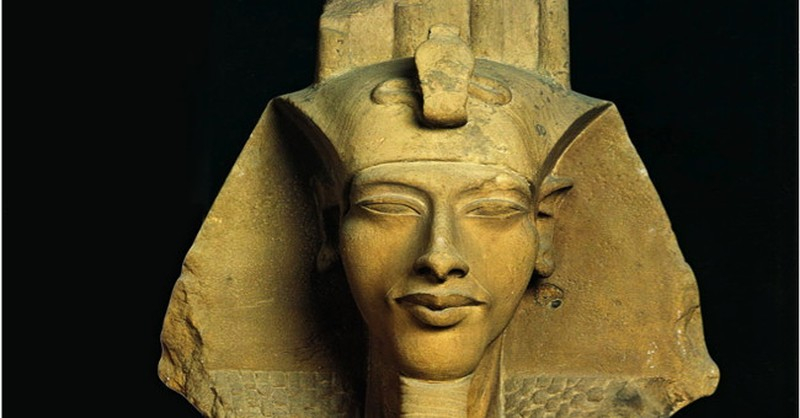
Photo: Voz - Akhenaten - the heretic Pharaoh of Ancient Egypt 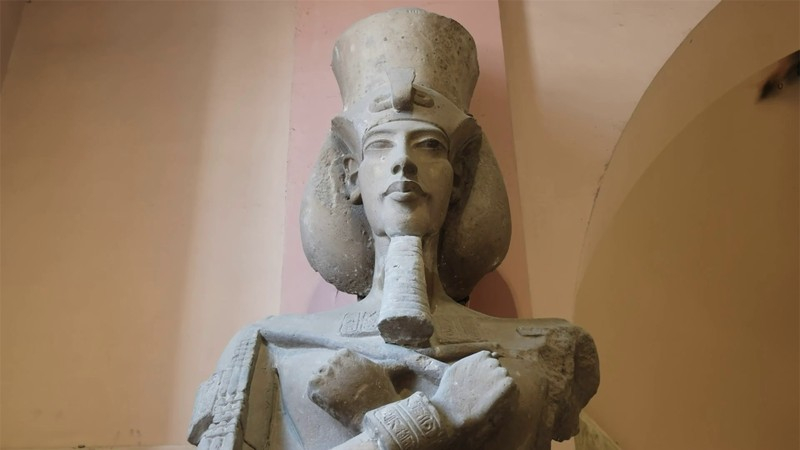
Photo: kienthuc.net.vn -
From 51 until 30 BC, Cleopatra VII Philopator served as the Ptolemaic Kingdom of Egypt's final active monarch. She belonged to the Ptolemaic dynasty and was a direct descendant of Ptolemy I Soter, an Alexander the Great buddy and Macedonian Greek general. Egypt became a province of the Roman Empire after Cleopatra's death, bringing to an end the second-to-last Hellenistic kingdom and the period that had spanned from the rule of Alexander (336–323 BC). She was the only Ptolemaic monarch to study Egyptian; her original tongue was Koine Greek.
Following the death of her father, Cleopatra succeeded him. She was renowned for both her beauty, which was captured in several sculptures and paintings, and her strength as a leader. While she was in power, Cleopatra devoted her efforts to running the Egyptian states despite having expertise in many other areas. Her fluency in several languages would have been helpful for this endeavor. She was a skilled administrator who developed numerous programs that boosted the Egyptian economy. There were no gold coins issued during her reign, but there were silver, copper, and other metal pieces with her likeness engraved on them.
Her children were cared for by her father's second wife after she committed herself. She was the last Egyptian queen before the Romans gained control; her brothers and her son continued to rule Egypt after her. Her relationships with the Roman emperors Mark Antony and Julius Caesar are widely known.
(69 BC – 30 BC)
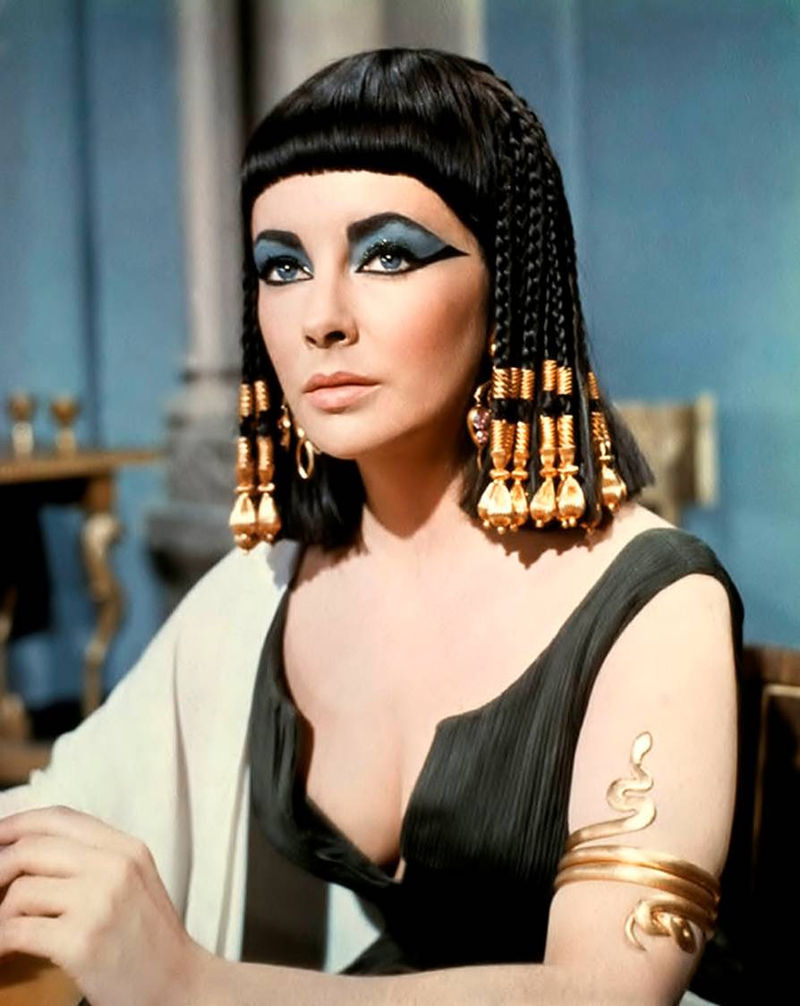
Photo: VnExpress - Cleopatra 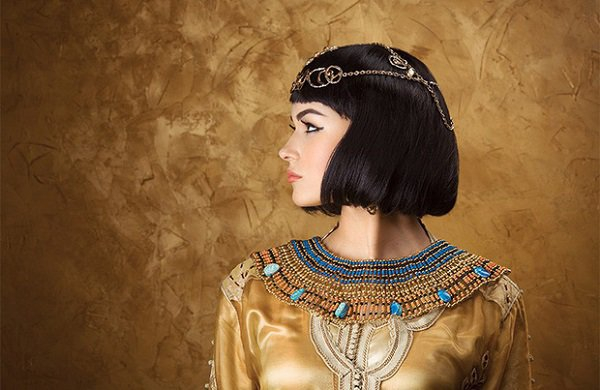
Photo: People of Vietnam - Queen Cleopatra -
The Fifth Pharaoh of Egypt's Eighteenth Dynasty was Hatshepsut. She was the second known female pharaoh in Egyptian history after Sobekneferu and is one of the most important historical figures in Egypt. In 1478 BC, Hatshepsut assumed control of Egypt. Hatshepsut, Thutmose II's primary spouse, first exercised regency over Thutmose III, the first male heir and the son of Thutmose II by another wife. Thutmose III succeeded to the throne when he was about two years old, but Hatshepsut maintained her power by claiming that she was the only child and daughter of Thutmose I and his principal wife, Ahmose.
Until Pharaoh Thutmose III was old enough to assume the throne, Hatshepsut presided as ruler. She served as the pharaoh for about two decades and was incredibly popular and successful.
Egypt developed and was calm during her administration. Numerous temples and buildings were built, and the economy of the nation was stabilized. She was Thutmose II's sister and wife in addition to being Thutmose II's son Thutmose III's wife.
Thutmose III took her artwork down from the walls of the temples and other structures when she passed away.
(circa 1508 - 1458 BC)
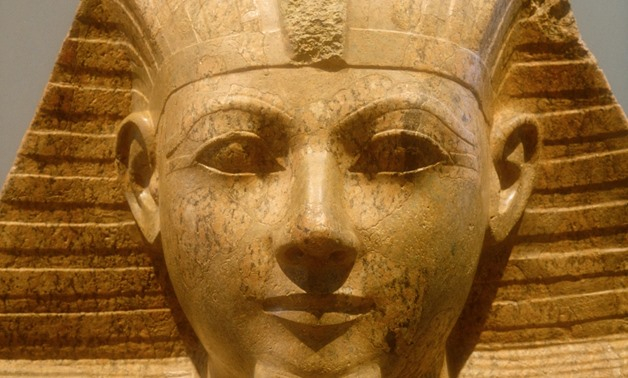
Photo: VnReview - Hatshepsut 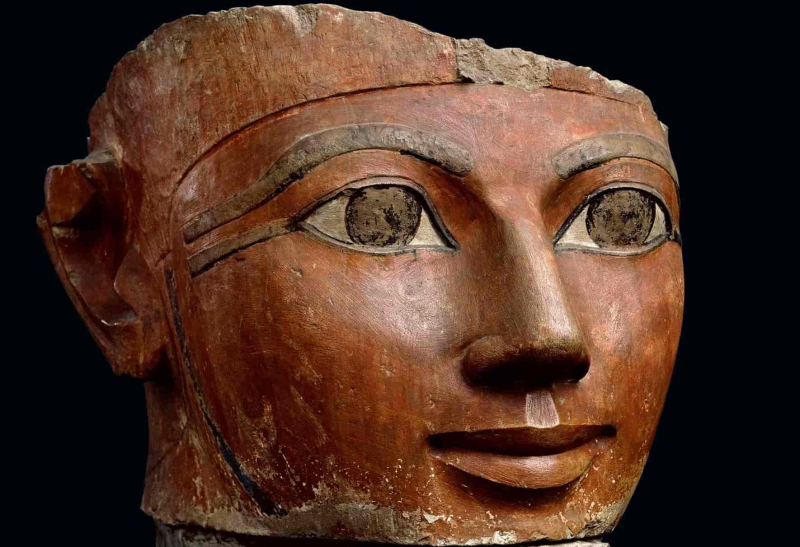
Photo: Historicaleve - Hatshepsut -
Nefertiti was a queen of the 18th Dynasty of ancient Egypt. The religious revolution that Nefertiti and her husband led was the sole worship of the sun disc, Aten, as the only deity. She ruled alongside her husband at what was possibly the most prosperous time in ancient Egyptian history. The identification of Nefertiti as Neferneferuaten, who reigned for a brief period following the passing of her husband and before the ascension of Tutankhamun, is a source of continuous disagreement among historians. If Nefertiti did indeed rule as pharaoh, her reign was characterized by the destruction of Amarna and the return of the Egyptian capital to Thebes, its original location.
Her bust, which is now on display at Berlin's Neues Museum, helped make her renowned. One of the most replicated ancient Egyptian works of art is the bust. It was discovered at the sculptor Thutmose's workshop and was attributed to him.
She worshiped the sun god alongside her husband, according to old paintings, and encouraged her kids to do the same.
She is reported to have served as the pharaoh's co-regent following the death of her husband. She was a competent manager.
(c. 1370 BC – circa 1330 BC)
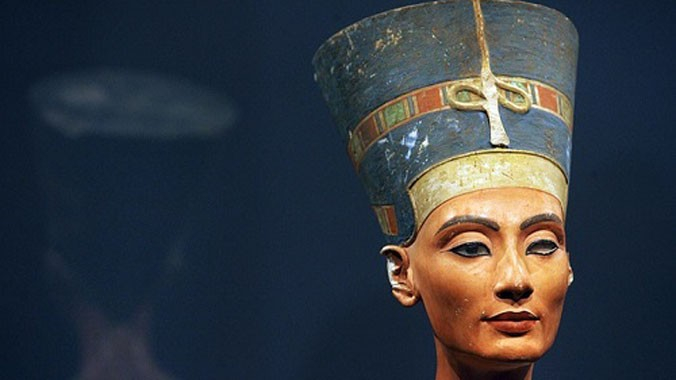
Photo: Kenh14 - The mystery of Nefertiti - the most beautiful queen of Egypt 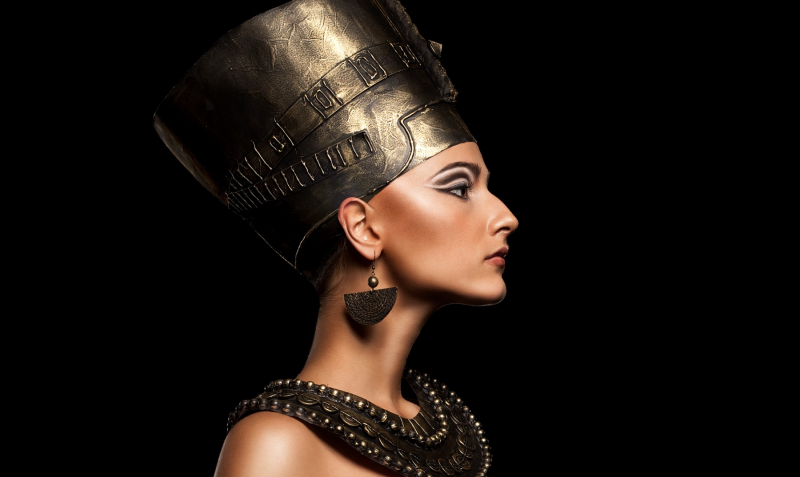
Photo: Supercurioso - Nefertiti









